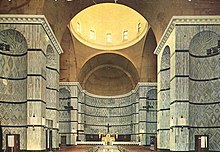
Tripoli is the capital and largest city of Libya, with a population of about 1.183 million people in 2023. It is located in the northwest of Libya on the edge of the desert, on a point of rocky land projecting into the Mediterranean Sea and forming a bay. It includes the port of Tripoli and the country's largest commercial and manufacturing center. It is also the site of the University of Tripoli.

The Basílica i Temple Expiatori de la Sagrada Família, otherwise known as Sagrada Família, is a church under construction in the Eixample district of Barcelona, Catalonia, Spain. It is the largest unfinished Catholic church in the world. Designed by Catalan architect Antoni Gaudí (1852–1926), his work on Sagrada Família is part of a UNESCO World Heritage Site. On 7 November 2010, Pope Benedict XVI consecrated the church and proclaimed it a minor basilica.

Benghazi is the second-most-populous city in Libya as well as the largest city in Cyrenaica, with an estimated population of 1,207,250 in 2020. Located on the Gulf of Sidra in the Mediterranean, Benghazi is also a major seaport.

The Cathedral Basilica of the Sacred Heart, the fifth-largest cathedral in North America, is the seat of the Roman Catholic Archdiocese of Newark. Headed by Cardinal Tobin for the archdiocese, it is located in the Lower Broadway neighborhood of Newark, New Jersey. Catholic mass is offered daily and three times on Sunday in English and in Spanish.

The Cathedral Church of SS. Peter and Paul is the Roman Catholic cathedral of the city of Bristol. Located in the Clifton area of the city, it is the seat and mother church of the Diocese of Clifton and is known as Clifton Cathedral. It has been a Grade II* Listed Building since 2000. A 2014 study noted it to be the only Catholic church built in the 1970s to have been Grade II* listed. It was the first cathedral built under new guidelines arising from the Second Vatican Council.
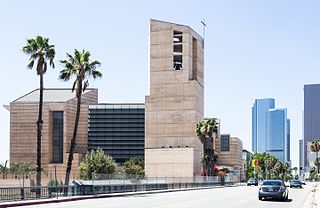
The Cathedral of Our Lady of the Angels, informally known as the COLA or the Los Angeles Cathedral, is the metropolitan cathedral of the Roman Catholic Church in Los Angeles, California, United States. It opened in 2002 and serves as the mother church for the Archdiocese of Los Angeles, as well as the seat of Archbishop José Horacio Gómez.
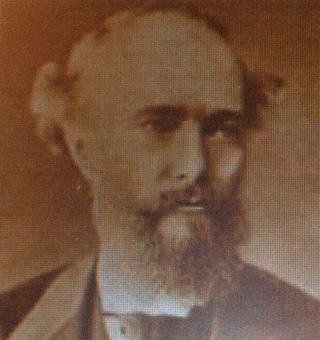
William Wilkinson Wardell (1823–1899) was a civil engineer and architect, notable not only for his work in Australia, the country to which he emigrated in 1858, but for a successful career as a surveyor and ecclesiastical architect in England and Scotland before his departure.

The Catholic Church in Libya is part of the worldwide Catholic Church, under the spiritual leadership of the Pope in Rome.

The Beirut Central District is the historical and geographical core of Beirut, the capital of Lebanon. Also called downtown Beirut, it has been described the “vibrant financial, commercial, and administrative hub of the country.” It is thousands of years old, traditionally a focus of business, finance, culture and leisure.

Christianity is a minority religion in Libya. It has been present in Tripolitania and Cyrenaica since Roman times.

Marcello Piacentini was an Italian urban theorist and one of the main proponents of Italian Fascist architecture.

Italian Libyans are Libyan-born citizens who are fully or partially of Italian descent, whose ancestors were Italians who emigrated to Libya during the Italian diaspora, or Italian-born people in Libya. Most of the Italians moved to Libya during the Italian colonial period.

The Libyan Coastal Highway, formerly the Litoranea Balbo, is a highway that is the only major road that runs along the entire east-west length of the Libyan Mediterranean coastline. It is a section in the Cairo–Dakar Highway #1 in the Trans-African Highway system of the African Union, Arab Maghreb Union and others.

Algeria Square Mosque or Jamal Abdul Nasser Mosque, formerly Tripoli Cathedral, is a mosque and former Roman Catholic church located in Tripoli, the capital of Libya. It is situated on the Algeria/Elgazayer Square then Piazza della Cattedrale in the city centre.
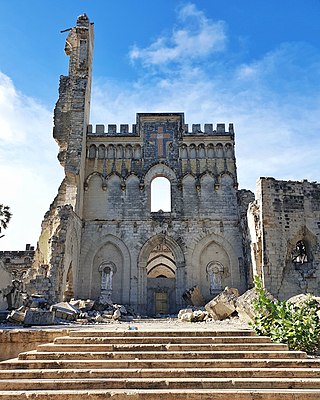
Mogadishu Cathedral is a ruined Catholic cathedral located in Mogadishu, Somalia. Between 1928 and 1991, it served as the seat of the Roman Catholic Diocese of Mogadiscio. Built in 1928 by Italian colonial authorities, much of the building was destroyed in 2008 by al-Shabaab. In 2013, the diocese announced plans to refurbish the building.
Adolphus Druiding (1838–1900) was a German-born American architect who was best known for his work in creating Roman Catholic churches, schools, rectories and convents. Druiding’s work along with that of fellow German immigrant Franz Georg Himpler (1833–1916) makes up the largest body of German Catholic architecture in the United States between the end of the Civil War and 1900.
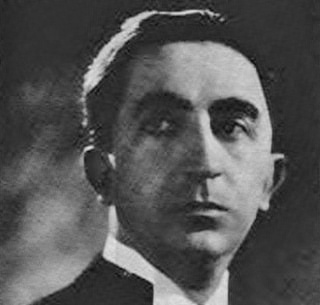
Florestano Di Fausto was an Italian architect, engineer and politician who is best known for his building designs in the Italian overseas territories around the Mediterranean. He is considered the most important colonial architect of the Fascist age in Italy and has been described as the "architect of the Mediterranean". Uncontested protagonist of the architectural scene first in the Italian Islands of the Aegean and then in Italian Libya, he was gifted with a remarkable preparation combined with consummate skills, which allowed him to master and to use indifferently and in any geographical context the most diverse architectural styles, swinging between eclecticism and rationalism. His legacy, long neglected, has been highlighted since the 1990s.
Giovanni Pellegrini was an Italian architect.
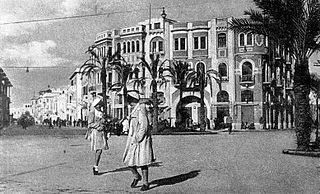
Italian Benghazi was the name used during the Italian colonization of Libya for the port-city of Benghazi in Italian Cyrenaica.

Architecture in Libya spans thousands of years and includes ancient Roman sites, Islamic architecture, and modern architecture.

